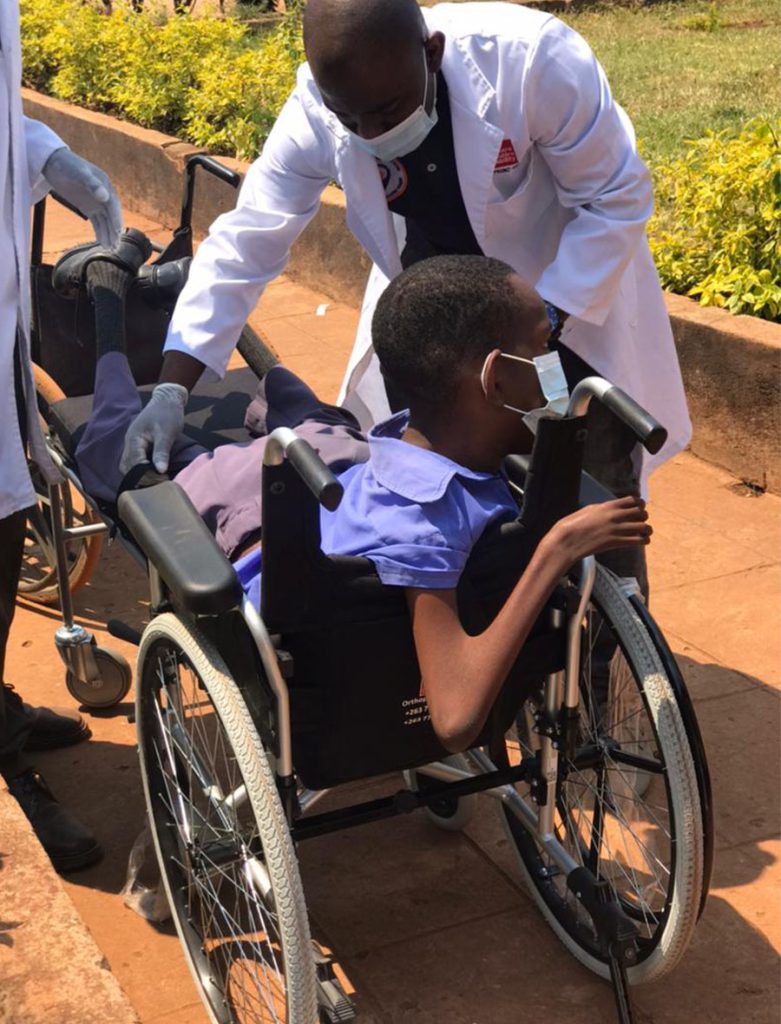By Bigboy Madzivanzira
Introduction
Persons with disabilities face unique challenges in accessing healthcare and promoting their well-being. Health equity requires addressing these disparities and ensuring inclusive health promotion strategies.
Challenges Faced by Persons with Disabilities
1. Accessibility Barriers: Inaccessible healthcare facilities, lack of ramps, narrow doorways, and inadequate restrooms.
2. Stigma and Discrimination: Negative attitudes, stereotypes, and prejudice from healthcare providers, family, and community.
3. Limited Access to Health Information: Inaccessible formats, lack of sign language interpretation, and inadequate health education materials.
4. Higher Risk of Chronic Diseases: Increased risk of conditions like diabetes, heart disease, and mental health issues.
5. Social Isolation: Limited social interaction, exclusion from community activities, and lack of support networks.
6. Communication Barriers: Difficulty communicating with healthcare providers, lack of accessible communication tools.
7. Transportation Barriers: Limited accessible transportation options, making it difficult to access healthcare services.
8. Financial Constraints: Limited economic opportunities, high medical expenses, and lack of insurance coverage.
Key Health Promotion Issues
1. Accessible healthcare facilities and services
2. Inclusive health education
3. Empowerment through self-advocacy
4. Addressing mental health needs
Strategies for Inclusive Health Promotion
1. Adapted Physical Activity Programs: Tailored exercise programs for persons with disabilities.
2. Accessible Health Screenings: Health screenings conducted in accessible locations, with accommodations for persons with disabilities.
3. Peer Support Groups: Support groups led by persons with disabilities, providing a safe space for sharing experiences.
4. Collaboration with Disability Organizations Partnering with organizations led by persons with disabilities to inform health promotion initiatives.
5. Inclusive Health Education Materials: Health education materials in accessible formats, such as braille, large print, or audio.
6. Disability Awareness Training*: Training for healthcare providers on disability awareness and inclusive practices.
7. Accessible Health Facilities: Healthcare facilities designed with accessibility features, such as ramps and accessible restrooms.
Technology based Solutions: Utilizing technology, such as telemedicine, to increase access to healthcare services.
Success Stories and Examples
– Lorraine Maorera: After losing her right leg in a crocodile attack, Loraine was fitted with an artificial leg by Health Promotion Clinic Trust. She went on to graduate from Madziva Teachers College, an inclusive learning facility that supported her in removing stigma and discrimination, and is now a teacher, inspiring others with her determination and resilience.
– Frank Ncube: Despite losing both hands in a xenophobia-related incident, Frank graduated from Harare Polytechnic and now works for Zimdef, inspiring others with his courage and perseverance.
– Keith from Chirumhanzu: After being burnt on both feet as a baby, Keith’s community rallied around him. Teachers mobilized funds and sought assistance from Health Promotion Clinic Trust to provide surgical boots. Keith is now accessing school without challenges, thanks to the community’s support and inclusive efforts.
Best Practices in Community Based Rehabilitation
– St Christopher’s Located in Hatcliffe, Harare, this centre provides comprehensive services, including early intervention, rehabilitation, and psychosocial support. By involving rehabilitation professionals and parents in the treatment process, they empower families to support their children’s development.
Conclusion and Recommendations
Promoting health equity for persons with disabilities requires a multifaceted approach. By addressing accessibility, stigma, and empowerment, we can create a more inclusive healthcare system.
1. Healthcare providers should prioritize accessibility and inclusivity.
2. Governments should support disability-inclusive health policies.
3. Communities should promote disability awareness and acceptance.
About the Author:
Bigboy Madzivanzira is a multi-faceted individual with expertise in medical rehabilitation, health promotion, and disability advocacy. As a Medical Rehabilitation Practitioner, Health Promotion Practitioner, and freelance journalist, Bigboy has dedicated his career to promoting health equity and supporting persons with disabilities. His personal experience as a stroke survivor has driven his passion for advocacy, and he continues to inspire others through his work.
Contact Information:
For more information or to get involved in promoting health equity for persons with disabilities, please contact:
Bigboy Madzivanzira
Phone: 0773367913
Email: healthpromotionclinic@gmail.com
